Embark on a journey into the intriguing and enigmatic realm of secret societies as we unveil a compelling exploration of 8 Secret Societies You Should Know About. Delving into the shadows of history and contemporary society, this blog unveils clandestine organizations that have left their mark, whether in the annals of power, influence, or mystery. From ancient orders shrouded in historical lore to modern-day enigmas, join us on this fascinating odyssey as we unravel the mysteries behind these secret societies, shedding light on their hidden agendas, rituals, and the impact they’ve had on the world around us. Get ready to uncover the secrets that lie beneath the surface and gain a deeper understanding of the clandestine forces that have shaped both the past and present.
The List of 8 Secret Societies You Should Know About
1. The Grand Orange Lodge
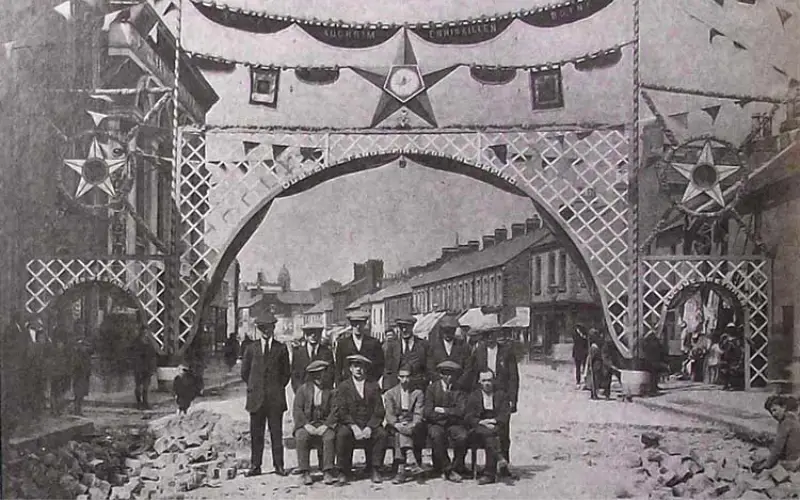
The Grand Orange Lodge, commonly known as the “Orange Order,” derives its name from Prince William III, the Prince of Orange. It was established following the Battle of the Diamond near the modern-day Northern Irish village of Loughgall, with the aim of safeguarding Protestants. In 1849, the Lord Lieutenant of Ireland, George William Frederick Villiers, drew criticism from Dublin’s Waterford News for supporting the society, accused of collaborating with the Grand Orange Lodge. The paper reported, “Lord Clarendon has been in communication with an illegal society in Dublin for over ten days. The Grand Orange Lodge, with its clandestine signs and pass-words, has been in collusion with his Excellency during that entire period. This may appear peculiar, but it is a reality.”
During that period, secret societies were prohibited in Ireland due to their perceived opposition to the “Land League,” an Irish political organization, as documented in Ireland’s official records on eviction and crime statistics.
The Grand Orange Lodge continues to exist today, with clubs in Ireland and worldwide. Prospective members of this Protestant fraternity do not take a pledge but must affirm their acceptance of the Principles of Reformation and loyalty to their country. Regarding the perception of being “anti-Roman Catholic,” the official website asserts, “Orangeism is a positive rather than a negative force. It seeks to promote the Reformed Faith based on the Infallible Word of God—the Bible. Orangeism does not foster resentment or intolerance. Criticism of religious ideology is directed towards church doctrine and not individual adherents or members.”
2. The Molly Maguires
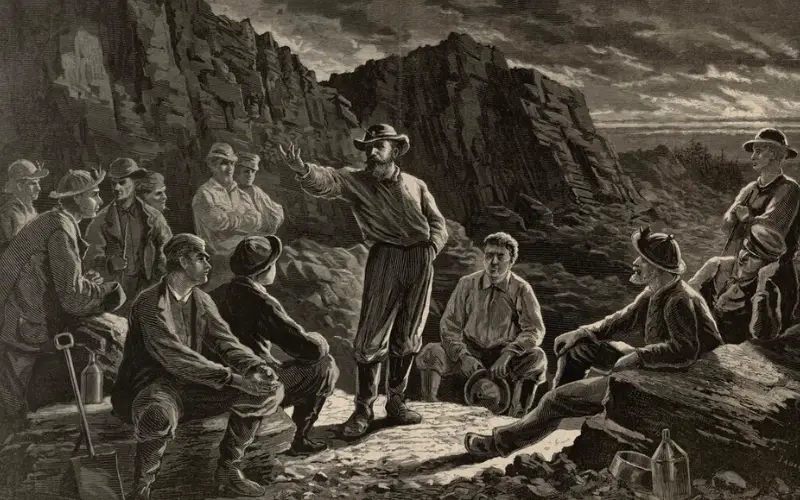
Pennsylvania fell victim to targeted assassinations. The prime suspects in these crimes were believed to be members of the clandestine society known as the Molly Maguires, an organization with Irish roots introduced to the United States by Irish immigrants. The group likely earned its moniker due to the alleged use of women’s clothing as a disguise during the commission of illicit activities, including arson and issuing death threats.
The Molly Maguires were eventually exposed when a covert operative, planted by the renowned Pinkerton Detective Agency hired by mining companies, infiltrated their ranks. Subsequently, in a series of criminal trials, 20 members of the Maguires were sentenced to death by hanging. Interestingly, the Order of the Sons of St. George, another secret organization formed in 1871 to counter the Maguires, seems to have mysteriously disappeared.
3. The Knights of Pythias
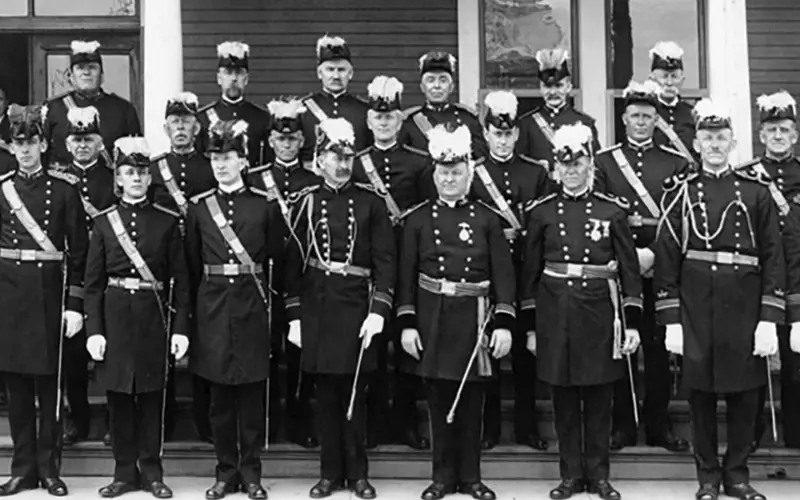
Established in 1864 by Justus H. Rathbone, a government employee in Washington, D.C., the Knights of Pythias originated from Rathbone’s belief in the moral imperative for an organization that embodied “brotherly love,” a particularly relevant concept during the tumultuous era of the Civil War. The organization’s name draws inspiration from the Greek legend of Damon and Pythias, reflecting the Pythagorean ideal of friendship.
Notably, all of its founding members held government roles, and the Knights of Pythias secured the distinction of being the first fraternal order chartered by an act of Congress, as detailed on the order’s official website. The order’s colors—blue, yellow, and red—symbolize friendship, charity, and benevolence, respectively, as highlighted in a special edition of the North Carolina Evening Chronicle commemorating the 50th anniversary of the club in 1914.
The Knights of Pythias remains active and has forged a partnership with the Boy Scouts of America, making it the second organization to be granted a charter by the United States Congress.
4. The Ancient Order of United Workmen
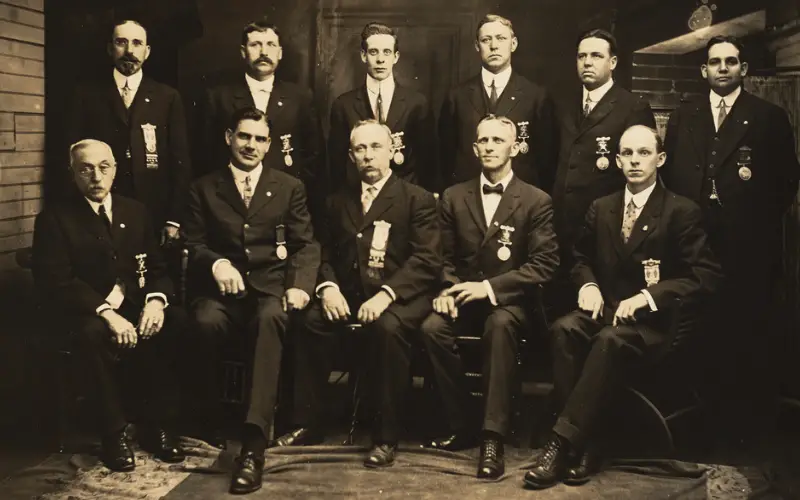
In 1868, John Jordan Upchurch and a group of 13 individuals in Meadville, Pennsylvania, established the Ancient Order of United Workmen with the aim of improving conditions for the working class. The organization implemented protective measures for its members. Initially, in the event of a member’s death, all brethren of the order contributed a dollar to the deceased member’s family, a practice that would later be capped at $2,000.
Although the Ancient Order of United Workmen is no longer in existence, its impact endures through the inadvertent creation of a novel form of insurance. This innovation influenced other fraternal groups to incorporate insurance provisions into their constitutions.
5. The Independent Order of Odd Fellows
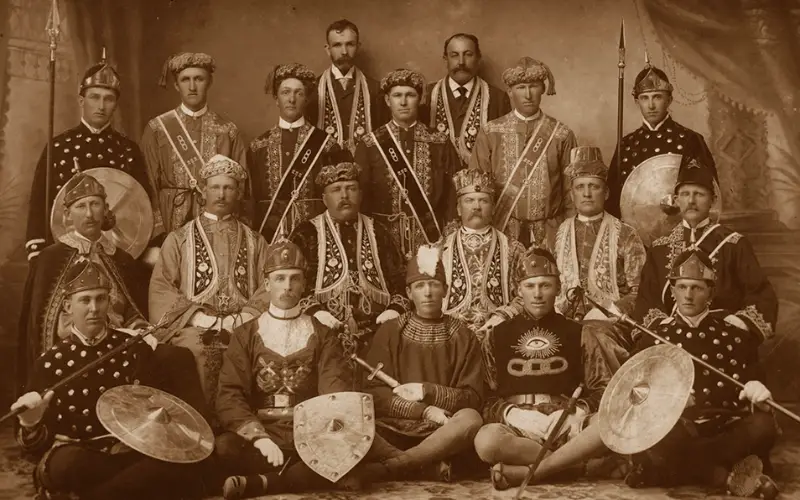
Determining the exact inception of the Independent Order of Odd Fellows might require membership in this altruistic and amiable society, but the first documented record dates back to 1812, referencing George IV. Even before assuming the title of Prince Regent of the United Kingdom, George IV had been affiliated with the Freemasons. The narrative goes that when he sought admission for a relative without enduring the lengthy initiation process, his request was staunchly denied. Consequently, George IV disassociated from the order, declaring his intent to establish a competing club, as documented in a history of the Independent Order of Odd Fellows published by the Philadelphia Evening Telegraph in 1867. Contrarily, the order’s official website traces its origins back to 1066.
Irrespective of its initial beginnings, it is reasonable to assert that the king’s desire materialized. The Independent Order of Odd Fellows remains active today, boasting notable members such as British Prime Ministers Winston Churchill and Stanley Baldwin. Referred to as the Odd Fellows, they uphold the principles of friendship, love, and truth. Notably, the order’s lodges feature actual skeletons used in initiation rituals to serve as a reminder to members of their mortality, as reported by the Washington Post in 2001.
6. The Patriotic Order Sons of America
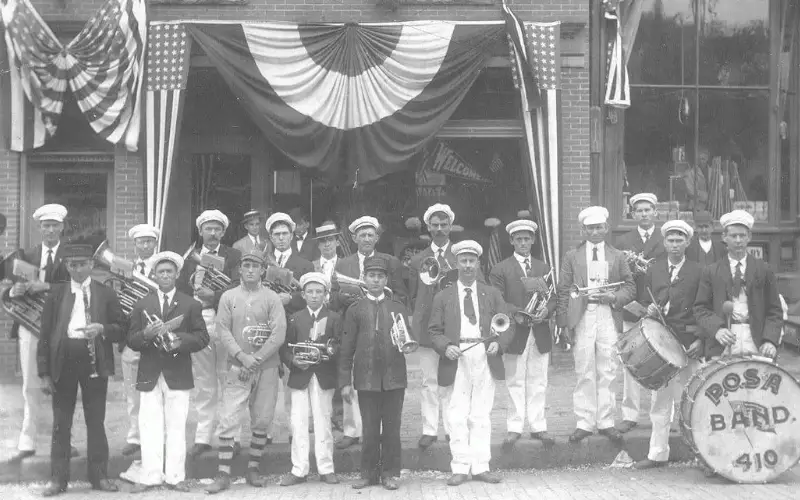
The Patriotic Order Sons of America traces its origins to the early days of the American Republic, as per its official website. Following in the traditions of The Sons of Liberty, the Order of United Americans, and Guards of Liberty, the Patriotic Sons of America, which later appended the word “Order” to its name, emerged as one of the “most progressive, most popular, most influential, as well as strongest patriotic organizations” in the early 20th century United States, as reported by the Allentown Leader in 1911.
The extent of the order’s progressiveness is subject to interpretation. In 1891, the Sons of America declined to remove the word “white” from its constitution, rejecting a proposal that would have allowed black men to apply for membership. Presently, the order extends its membership to “all native-born or naturalized American male citizens, 16 years and older, who believe in their country and its institutions, who desire to perpetuate free government, and who wish to encourage a brotherly feeling among Americans.” The overarching goal is to exalt the country and foster fellowship and love through collective efforts.
7. The Improved Benevolent and Protective Order of Elks of the World
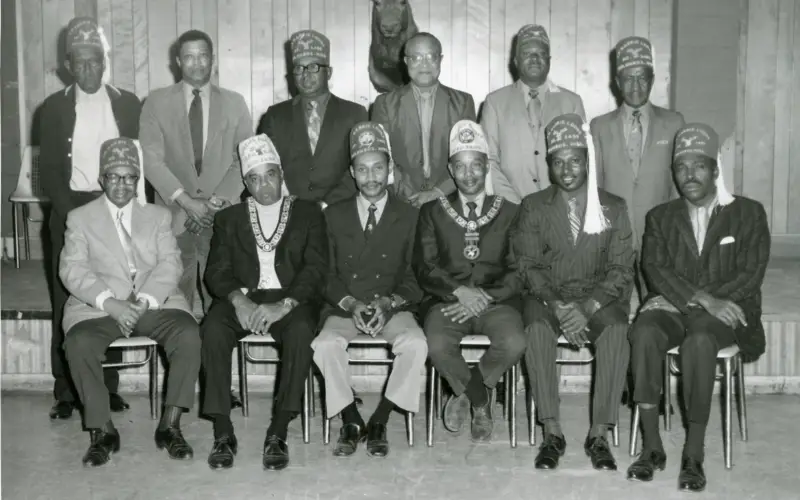
In 1907, the Seattle Republican highlighted the Order of Elks, asserting that it was regarded as one of the most flourishing secret societies within the Afro-American community of the city. According to the nonprofit African American Registry, this fraternal order originated in Cincinnati, Ohio, in 1899 after two black men faced rejection from the Benevolent and Protective Order of Elks of the World, which remains popular today. Despite past concerns about discriminatory practices, the organization now extends invitations to any American citizen, aged 21 or older, who believes in God.
In response to their exclusion, the two men decided to adopt the order’s name and establish their own club. Officially known as the Improved Benevolent and Protective Order of Elks of the World, this order was once a focal point within the black community. During the era of segregation, the lodge stood out as one of the few places where black men and women could gather socially, as reported by the Pittsburgh Post-Gazette. While the Post-Gazette has noted recent challenges in maintaining relevance, the secret organization persists in sponsoring educational scholarship programs, youth summer computer literacy camps, parades, and community service activities worldwide.
8. The Ancient Order of the Foresters
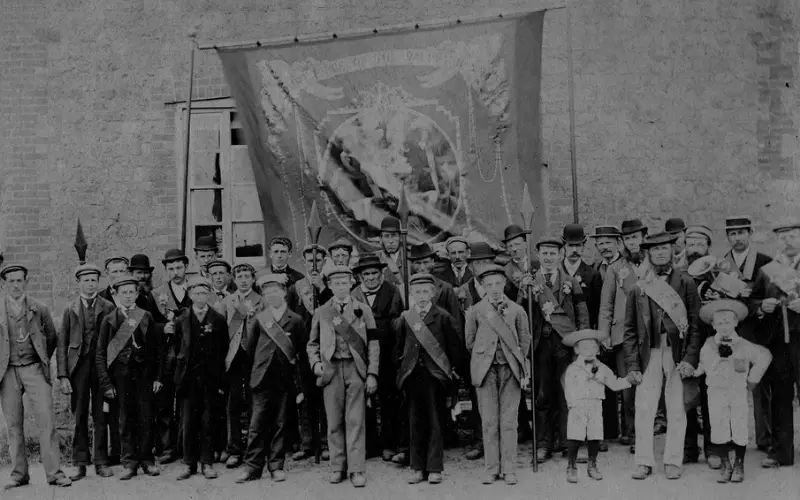
Presently known as the “Foresters Friendly Society,” the Ancient Order of the Foresters was originally established in 1834, as indicated by the society’s website, albeit under a slightly different name. Originating before the inception of state health insurance in England, the club offered sick benefits to its working-class members.
In 1874, the American and Canadian branches departed from the Ancient Order, establishing the Independent Order of the Foresters. As reported by the Boston Weekly Globe in 1879, prospective members seeking admission to the club had to “undergo an examination by a qualified physician, who is bound by his association with the order.” To this day, the society continues to provide insurance policies for its members, who actively participate in a variety of community service activities.
Conclusion
In conclusion, our journey through the veiled world of 8 Secret Societies You Should Know About has unraveled a tapestry of mystery, history, and intrigue. From ancient traditions with roots in the shadows of time to contemporary enclaves that quietly wield influence, each society presented offers a glimpse into a realm often obscured from public view. As we close this exploration, we are left with a heightened awareness of the clandestine forces that have shaped societies, leaving an indelible mark on the narrative of human history. Whether driven by shared ideologies, rituals, or a quest for power, these secret societies remain a captivating and integral part of the intricate web of our collective past and present. As we reflect on the enigmatic stories uncovered, the allure of these covert organizations persists, leaving us with a lingering curiosity about the untold secrets that continue to shape our world.
Recent Posts
Science Trivia - Astronomy ...
Step into a realm of nostalgia as we embark on a journey through the annals of pop culture and bid farewell to 35 recently obsolete technologies. In the ever-evolving landscape of innovation, certain...
